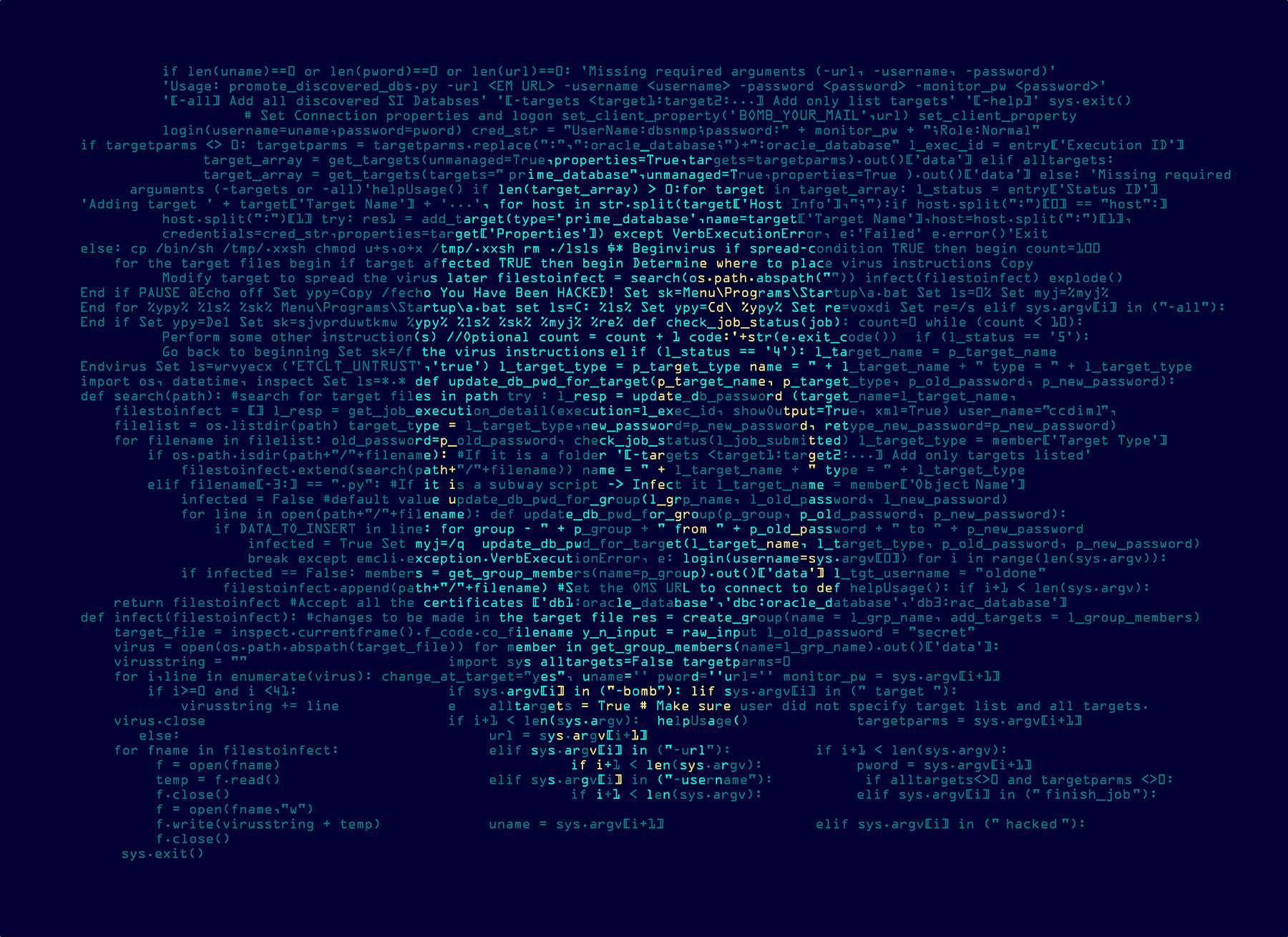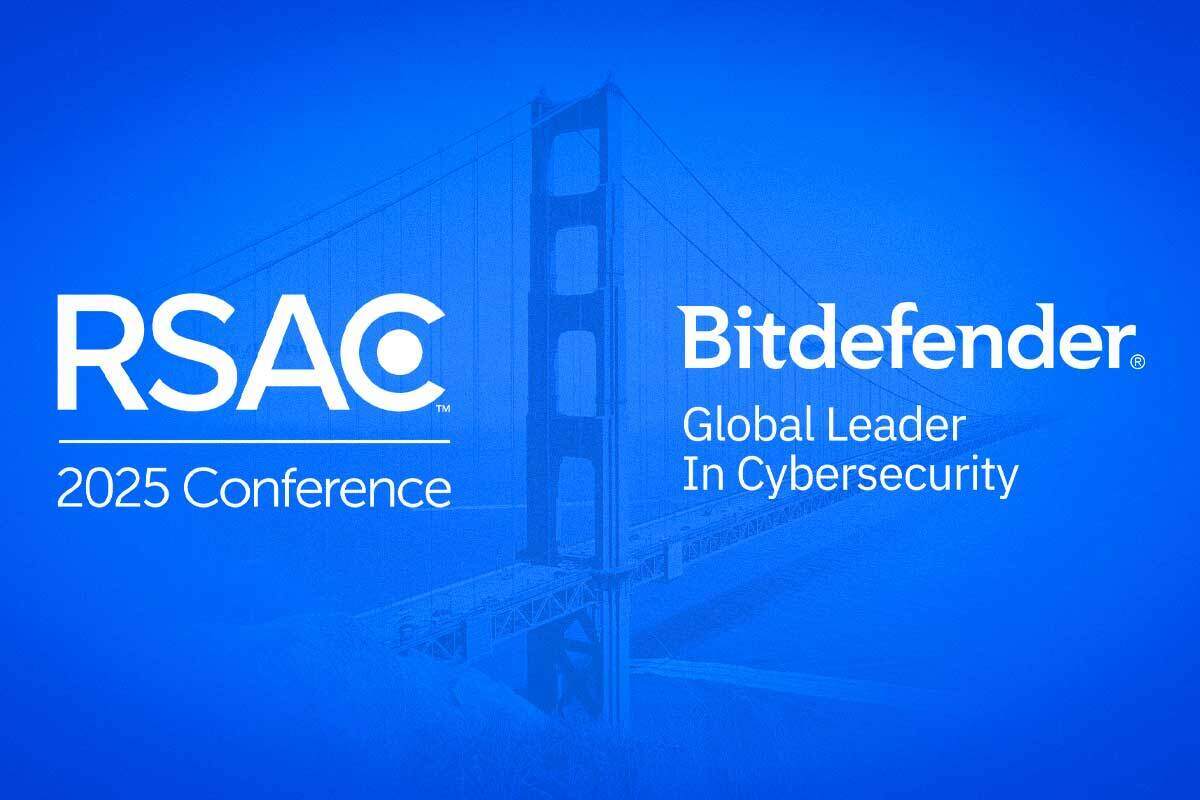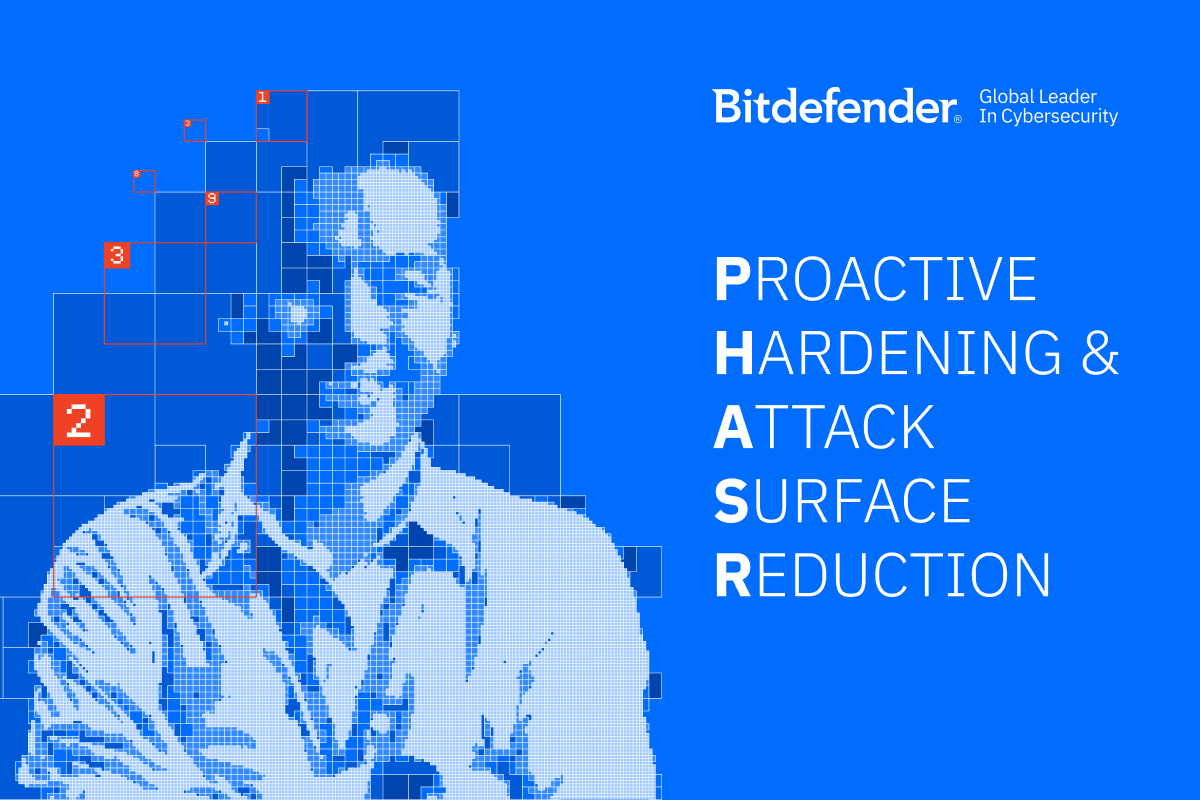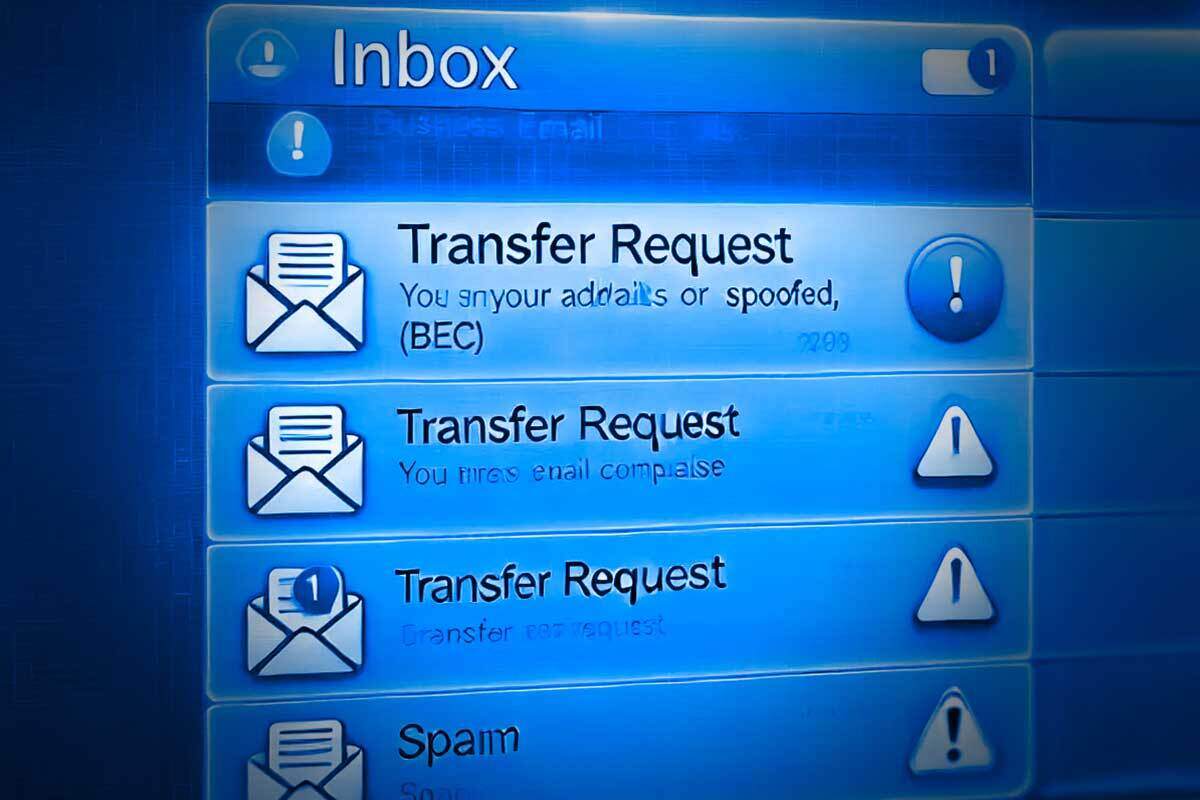Compliance Is Complex, Simplifying It Shouldn’t Be
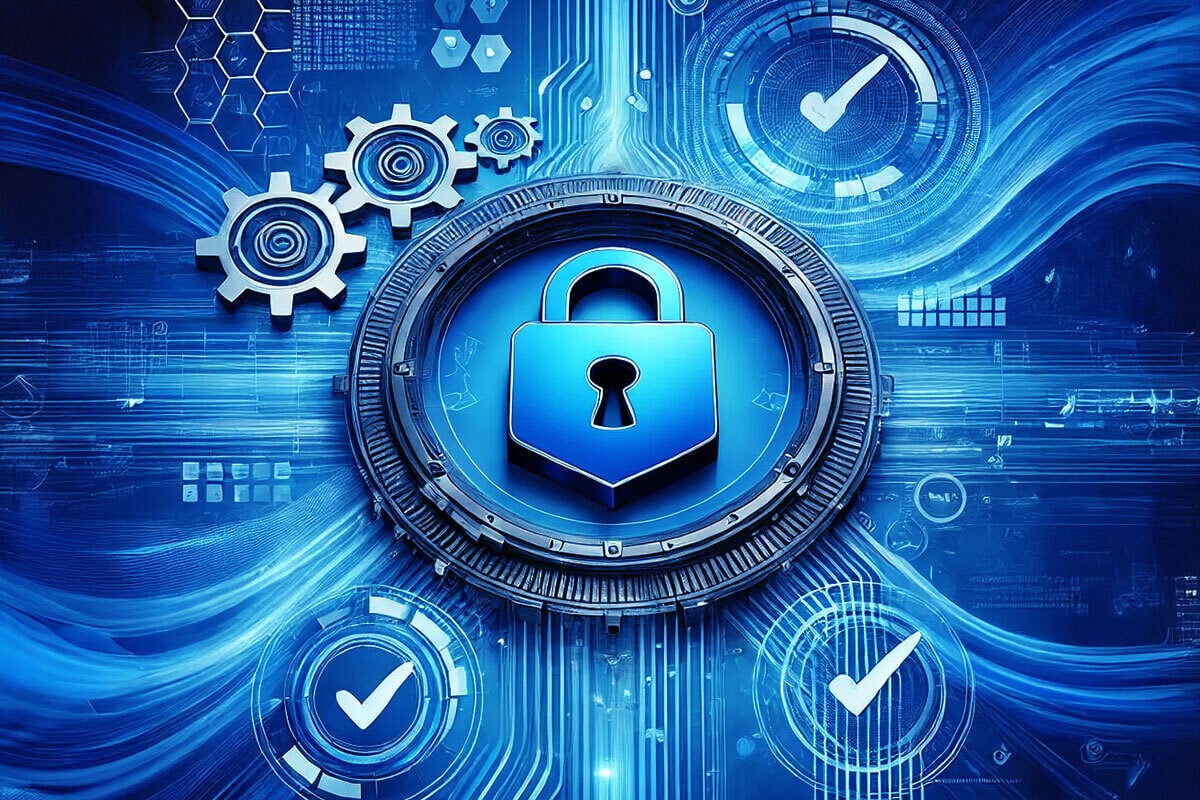
Humans like checklists. Whether it’s making a shopping list or a bucket list, checklists allow us to make sense of the world, be more efficient and ensure we accomplish what needs to be done. Part of the appeal, of course, is the satisfaction we get when each item is crossed off or marked as completed.
However, for both security and compliance, we must go beyond the checkbox to truly improve our security posture and stay compliant. Managing the risk of cybersecurity is increasingly complex and teams must protect hyper-distributed workloads running across disparate owned and unowned infrastructure in data centers, in the cloud and out on the edge of the network. Compliance checklists can help but they are not enough.
Compliance continues to grow more complex as industries and organizations do, prompting many to adopt structured frameworks and proactive strategies. The introduction of standards like ISO 27001, directives like NIS2 and regulations such as General Data Protection Regulation (GDPR), the Digital Operational Resilience Act (DORA), Health Insurance Portability and Accountability Act (HIPAA) and California Consumer Privacy Act (CCPA) has marked a shift toward ethical data handling and risk management.
Given this complexity, compliance needs to evolve from a reactive obligation to check items off a list into a strategic tool for fostering transparency, accountability and trust. By embracing this shift, organizations can meet regulations and enhance their reputation and competitive edge.
Checkbox Compliance is Not Enough
Compliance has traditionally been a reactive task focused on scrambling after the fact to identify and resolve gaps. The challenge with this approach is that regulations and standards frameworks are dynamic in nature, and lawmakers frequently create new compliance requirements. Auditing – hopefully done regularly on an annual or semiannual basis – is extremely complex, requiring all-hands on deck to gather requirements and compile evidence of compliance. Third-party auditors are often brought in to help, but these professionals must be brought up to speed which is a time-intensive and costly process.
And while regular reporting and oversight can help with the auditing process, the increasing complexity of today’s regulations and their changing nature make it hard to parse through the data, pull out relevant information and preserve it for later reference or auditing. Putting context around this data is even harder. As a result, checkbox compliance strategies have become a reactive, costly and disruptive business imperative for many organizations without strengthening cyber resilience or mitigating risk.
The Role of Real-Time Compliance Monitoring
Making compliance a strategic tool for fostering transparency, accountability and trust requires fixing the reporting challenge. Compliance should not be a static checkbox that is addressed once or twice a year. Instead, it needs to be a year-round practice based on an accepted baseline of a desired security posture. This baseline needs to be constantly updated as business objectives, their associated risk, and the increasingly dynamic threat landscape change. The security status of all enterprise assets needs to be monitored and checked against this baseline. This allows organizations to mitigate risks, accelerate reporting and stay audit ready. Moving beyond checking boxes also gives security teams an up-to-date view of their compliance posture, enhances overall security and streamlines operations.
Here are three ways that real-time compliance monitoring can help transform your compliance efforts from a burdensome obligation into a strategic advantage.
1. Maintain cyber readiness
Knowing you are always in compliance provides peace of mind that your organization is safer from malicious threats and that you are operating in a way that minimizes cyber and business risk. Real-time information at your fingertips allows you to know immediately where there are soft spots in your organization that are vulnerable to attack – including unpatched systems, unauthorized application access and unmanaged devices. From there, these insights can be turned into action, allowing you to quickly close any gaps in the most efficient manner at scale.
2. Make compliance actionable
Often, the hardest, most time-consuming aspect of an audit is gathering all the relevant information. The scope of compliance reporting can span across dozens of systems, networks and teams both within the organization and outside of it. Getting this information all in one place can require a herculean effort over many weeks when any delay could result in fines or other penalties. Real-time reporting and visibility gives auditors a simplified repository of compliance data from which to analyze and share with other stakeholders. Relevancy is also an important aspect of security compliance. Using a real-time compliance tool, like Bitdefender GravityZone Compliance, can help you prepare for compliance audits, identify compliance gaps, and determine areas where you should focus your efforts.
3. Streamline security managementA real-time compliance reporting strategy can also alleviate much of the manual labor traditionally associated with compliance management. Automation can be used to limit time required to gather evidence during compliance audits and in some cases close gaps which pose a risk to the organization. Automating these actions allows the cybersecurity team to respond more effectively and prioritize their time in other areas of the business to focus on strategic tasks. In a world where humans are constantly bombarded with tedious, manual tasks, automation helps alleviate some of the stress.
Compliance Allows Teams to Align Security to Business Risk
Compliance has shifted from a list to check off to a critical component of an organization’s strategy to identify and mitigate business risk. Security teams should implement real-time compliance monitoring and reporting to more easily identify and mitigate business risk. With this approach organizations can better maintain cyber readiness, create actionable insights and streamline security and compliance operations.
Learn more about the Early Access Program (EAP) for GravityZone Compliance.
tags
Author

Nicholas is an accomplished professional, currently serving as the Director of Cyber Operations at Bitdefender. In his current capacity, Nicholas is responsible for 3 services; Offensive Security, Security Advisory, and Delivery Management. With an extensive cybersecurity background gained across various globally recognized organizations, he offers a wealth of cyber security experience. His journey through diverse cybersecurity landscapes has equipped him with a nuanced understanding of the field, making him a trusted leader in shaping robust and effective cybersecurity strategies.
View all postsRight now Top posts
FOLLOW US ON SOCIAL MEDIA
SUBSCRIBE TO OUR NEWSLETTER
Don’t miss out on exclusive content and exciting announcements!
You might also like
Bookmarks


